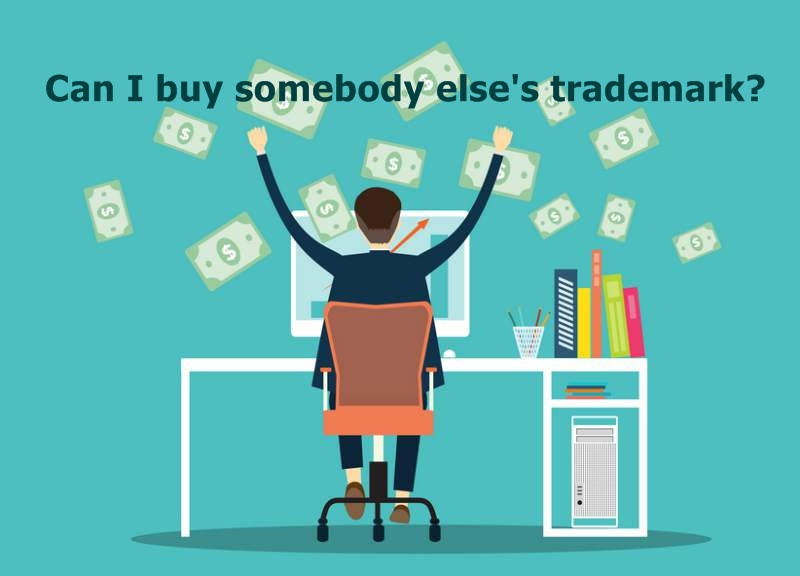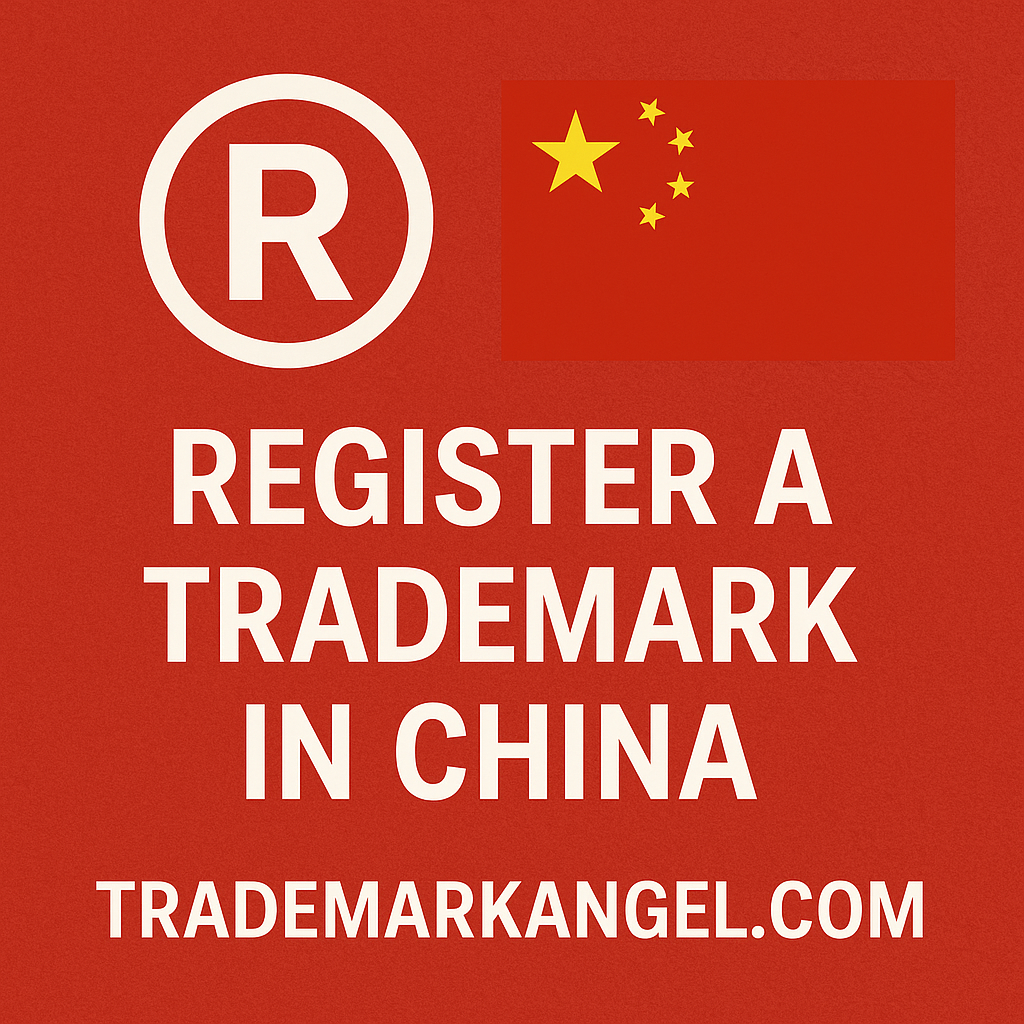
Can I buy someone else’s trademark?
How to Buy a Trademark?
If you’ve done it before, you’ll know that trademark registration can take a long time. A really long time. And nobody likes to wait, especially if you’re an Amazon seller and you needed your trademark yesterday.
I’m often asked: can I just buy someone else’s trademark? Why do I have to go through the long process of filing for a trademark, spending money on government and legal fees, and then waiting and responding to objections? Wouldn’t it be so much easier just to buy somebody else’s trademark? After all, trademarks are property, so they should be bought and sold pretty easily!
Unfortunately, it’s not so simple. Trademarks are only valid when they’re used in commerce (i.e. when a trademark is affixed to a product or its packaging, and the products bearing this trademark are sold in commercial venues). Likewise, if you offer services, the trademark must be shown during the performance and advertising of these services.
When you buy someone else’s trademark, it’s called a trademark assignment. In the US and Canada, the recording of assignments is not mandatory but highly recommended. It’s a relatively easy procedure itself, but the underlying process that follows this assignment is not so easy, which means due diligence is required when buying an already existent trademark.
It’s important to note that a trademark assignment is different from a trademark license. When you license a trademark, you allow another party to use your trademark for a limited period of time in exchange for a royalty fee. When you assign a trademark to another party, you are left with no rights to the trademark.
For the buyer, this means a lot of different things, including what is actually being “bought”. In the US, in order for you to buy an existing trademark, you’ll also have to buy the product line, the assets of the company, or the whole business associated with the trademark, including its goodwill.*
*What is goodwill? It’s a term you may have heard before, but not one that is always understood. Goodwill is the reputation or competitive advantage that a business acquires over time. The older the business, the more goodwill it usually has. In fact, without the underlying business and its goodwill, a trademark is worthless. Why would you buy a trademark that is obscure and unused?
Is it possible to purchase a trademark without its associated goodwill? In the US, this is called a “naked” assignment, as it’s recorded without the transfer of its associated goodwill. But an assignment is valid only if the transfer of the mark includes its goodwill, which means that a “naked” assignment is an invalid one!
This is why a trademark application based on “intent to use” can only be assigned if the trademark is sold to a successor (buyer) together with the business’ assets and goodwill.
An important distinction: a registered trademark or a pending application can be transferable either in conjunction with or separately from the goodwill of the business with which it is associated. For example, this may happen when a division of a large company is sold.
When this happens, you (the buyer) have to ensure that the partial assignment will not impact the validity of the trademark (that is to say, by reducing its distinctiveness as a trademark). In addition, if the trademark in question is associated with other trademarks of its parent company, all of these trademarks must be assigned together.
It’s also important to keep in mind that, when you a buy a trademark that is registered for a specific product (for example, a face cream), you must continue using the mark for the same products that are listed in its trademark certificate.
If the buyer of this particular trademark uses it in connection with different products that are listed (for example, hair dryers), it may deceive the public into believing that the trademark is associated with an entirely different line of products. As a result, the trademark may be invalidated.
But what happens if the owner of a trademark stopped using it, re-branded, or closed shop? They may still have a trademark that is active and has not yet expired. The problem here is that, due to lack of use, the original trademark owner has abandoned its rights. If you buy such a trademark, it will be of little value since it may be pending cancellation for non-use. It’s usually not advisable to buy such a trademark.
However, one instance in which you may want to buy an active trademark that’s been abandoned is when you want to avoid a confusion objection. Just keep in mind that purchasing such a trademark effectively means you’re only buying a registration certificate, and nothing else.
If you want to register a trademark that is similar to an active trademark no longer in use, you might consider asking the original owner for consent, but that’s a topic for a different article!
In short, before buying someone else’s trademark, consult with a trademark professional to ensure that you don’t end up with a worthless piece of paper and a major headache!
*In Canada, a trademark may be transferred with or without the goodwill of the business and in respect to some or all goods or services. (Section 48 of the Trademark Act).
Want to Know How to Buy a Trademark Without the Headache
Thinking about skipping the long trademark process and just buying one? It’s possible, but there’s more to it than signing a deal. When you buy a trademark, you must also get the goodwill tied to the brand—otherwise, the sale might not count. Buying a trademark not in use can also be risky if it’s heading toward cancellation. The Trademark Angel team breaks down how to buy a trademark correctly, so you don’t waste money or end up with something useless. Always do your homework—or better yet, let the experts help.





